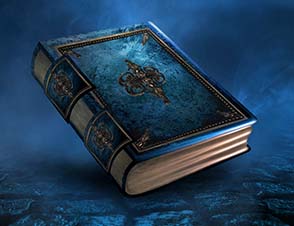March Type One Potpourri
What’s the second-most played Scourge card in Type I? What’s the average casting cost breakdown for all Type I Top 8 decks in 2004? What does a 36-24-36 woman really look like? The answers to all this and more are just a click away!

